The different types of batteries in brief
Are you about to buy a new battery for your boat, camper, or off-grid system? You'll quickly encounter all sorts of terms: lead-acid batteries, AGM, lithium-ion, and LiFePO4. But what exactly is the difference, and why are so many people switching to LiFePO4? In this article, we'll explain the properties, applications, and technical specifications of the most common battery types.
The basics: how does a battery actually work?
A battery is a device that stores electrical energy in chemical form and releases that energy when needed. Each battery technology does this in its own way, depending on the type of electrolyte and electrode. Key terms you'll often encounter include:
- Cycles: The number of times a battery can be fully charged and discharged
- DOD (Depth of Discharge): how deeply you can discharge a battery without damaging it
- Energy density: how much energy can be stored in relation to the weight/volume
- Voltage (V): the voltage, usually 12V, 24V or 48V
Overview of the most popular battery types
Lead-acid battery
The oldest and cheapest battery technology. It uses sulfuric acid and lead plates. Widely used as a starter battery or simple energy storage.
- Advantages: cheap, widely available
- Disadvantages: heavy, short lifespan (300-500 cycles), sensitive to deep discharge, must be placed upright (risk of leakage)
AGM battery
An improved lead-acid battery with Absorbed Glass Mat technology. The electrolyte is contained in fiberglass mats, making the battery maintenance-free.
- Advantages: maintenance-free, more resistant to vibrations, safer than traditional lead-acid batteries
- Disadvantages: still heavy, limited number of cycles (500-800), sensitive to overcharging
Lithium-ion
The same technology as in laptops and phones. It works on lithium cobalt oxide or lithium nickel.
- Advantages: lightweight, high energy density, fast charging
- Disadvantages: temperature sensitive, risk of thermal runaway, more expensive, shorter lifespan than LiFePO4
LiFePO4 (Lithium iron phosphate)
The safest and most stable lithium battery. Increasingly used in campers, boats, and off-grid systems. Powerlit uses this technology exclusively.
- Advantages: extremely safe, long lifespan (>4000 cycles), fully dischargeable without damage, maintenance-free, lightweight
- Disadvantages: higher purchase price (but lower costs per cycle)
Technical comparison (12V 100Ah battery used as example)
| Technology | Lead-acid battery | AGM | Lithium-ion | LiFePO4 (Powerlit as an example below) |
|---|---|---|---|---|
| Weight | approx. 24kg | approx. 31kg | approx. 14kg | approx. 10kg |
| Lifespan (cycles) | 300–500 | 500–800 | 2000 cycles | 4000+ cycles |
| Maintenance | High | Low | Low | No |
| Safety | can check for leaks/gases | Fairly safe | Temperature sensitive | very safe, stable |
| Energy per kg | +/- 35Wh/kg | +/- 30Wh/kg | +/- 150Wh/kg | 140Wh/kg |
| Loading speed | Slow (10–15A) | Normal (20–30A) | Smooth (50–80A) | Fast (up to 100A) |
| Raw material/chemical | Lead & sulfuric acid | Lead & fiberglass absorption | Lithium cobalt/nickel | Lithium iron phosphate (LFP) |
| Price | approx. €150 | approx. €200 | approx. €800 | €559 |
| Application | Starter battery, backup battery | Campers and boats | Smaller consumer electronics | Campers, boats, off-grid, golf carts, etc. |
| Comments | Heavy and outdated | Budget option | Less applicable for boats and campers | High-end solution for many applications |
| Bluetooth | No | No | Possible | Possible and standard with Powerlit |
| Permitted discharge | about 50% | about 50-60% | about 80-90% | about 95% |
Why Powerlit chooses LiFePO4
At Powerlit, we work exclusively with LiFePO4 technology. We do this consciously, because we believe it's the best solution for both residential and commercial users. Our batteries are equipped with battery cells from Gotion High Tech , the same manufacturer that supplies the Volkswagen Group . This means automotive-grade quality, but available for the maritime sector, campervans, and solar energy.
Our batteries have a powerful BMS (Battery Management System) that protects against, among other things:
- Overcharged and deeply discharged
- Overheating and hypothermia
- Short circuit and overload
This makes Powerlit batteries reliable, safe and suitable for long-term use in demanding environments.
When do you choose LiFePO4?
LiFePO4 isn't always the cheapest option to purchase, but when you consider the bigger picture: durability, safety, ease of use – it's the smartest investment in most situations.
You choose LiFePO4 if you:
- Need reliable power for a longer period of time?
- Want to save weight and space (such as in campers or boats)
- Works with solar panels or off-grid systems
- Don't want maintenance or replacement every few years
Frequently Asked Questions
- How many cycles does a LiFePO4 battery last? > Our Powerlit batteries are tested to over 4,000 cycles under normal use. This means a lifespan of 10 years or more, depending on usage.
- Is a LiFePO4 battery safe? > Yes. Unlike some other lithium batteries, LiFePO4 is thermally stable, leak-proof, and equipped with a smart BMS. This makes them suitable for use even at high temperatures.
- Can I use an existing charger? That depends. If your current charger is compatible with LiFePO4 and supports the correct charging profile, it's fine. However, we recommend using a Powerlit charger for optimal performance.
Conclusion
Whether you're a demanding water sports enthusiast, want to smartly electrify your campervan, or are looking for a reliable power supply for your off-grid location: LiFePO4 offers you peace of mind. Compared to lead-acid batteries and traditional lithium solutions, it's safer, more efficient, and more cost-effective in the long run.
Do you have questions about which battery is best for your situation? Feel free to contact us.
We're happy to help you with personalized advice, without any sales pitches. Just honest and expert advice, just what you'd expect from Powerlit.



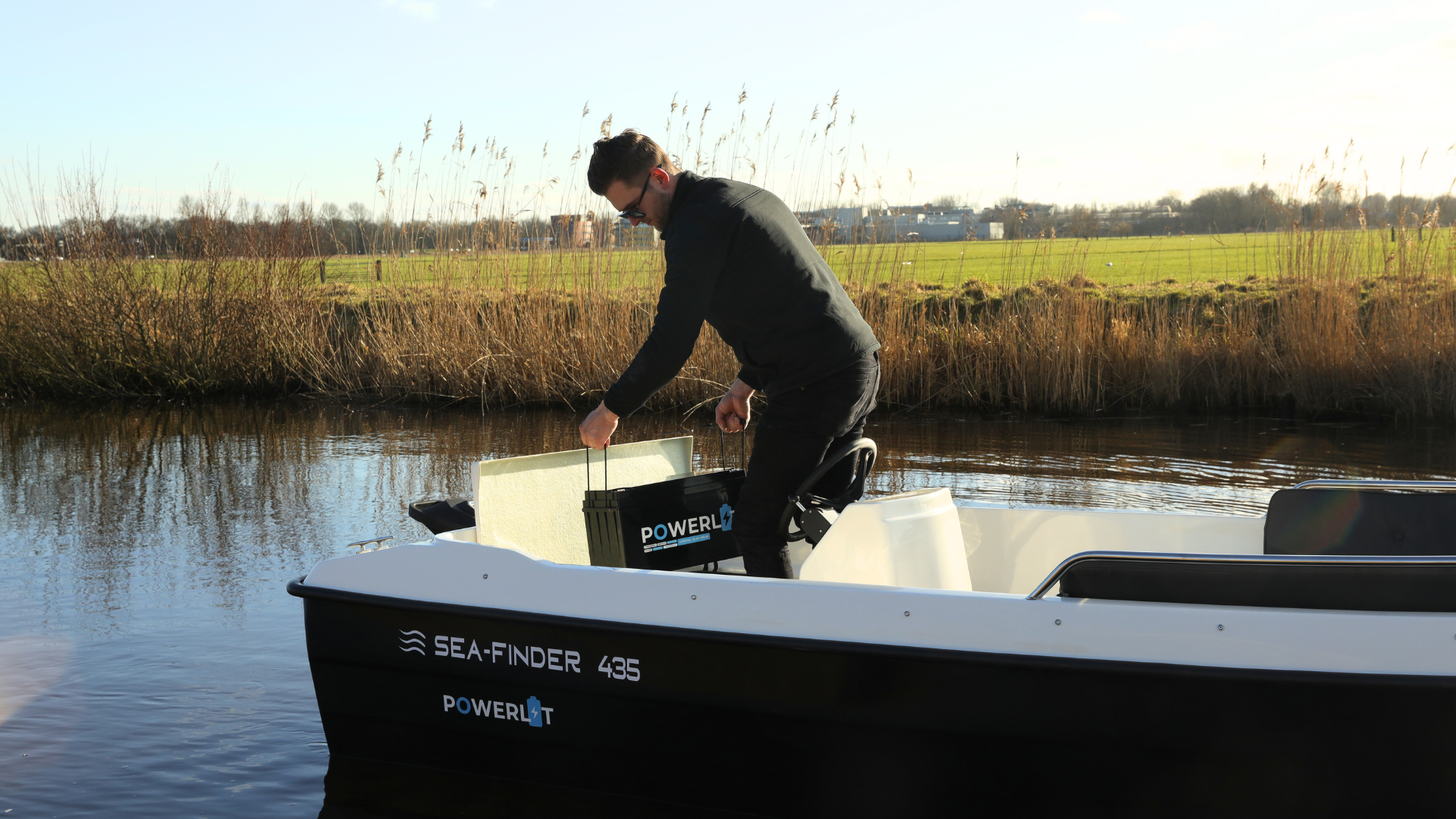


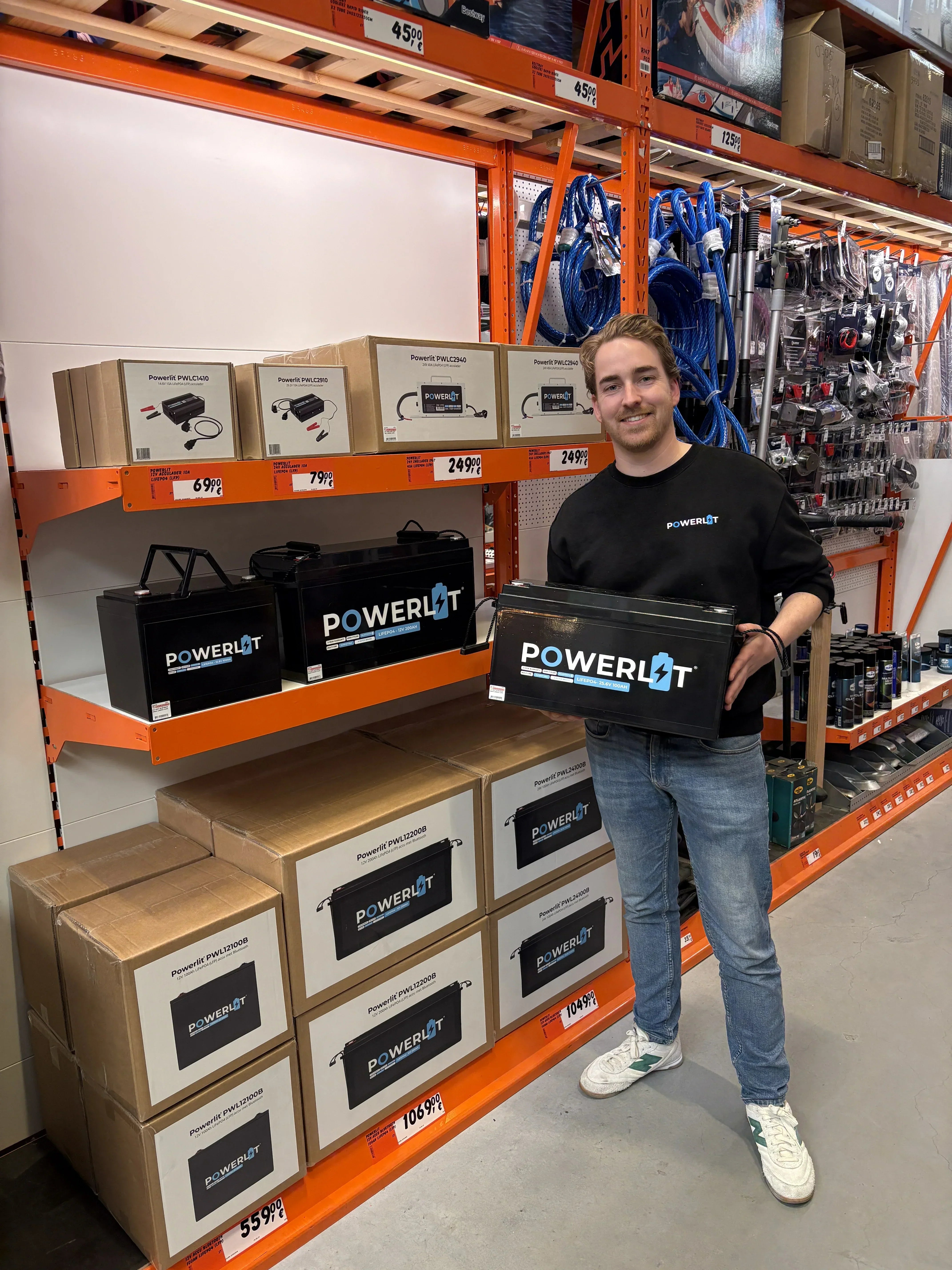

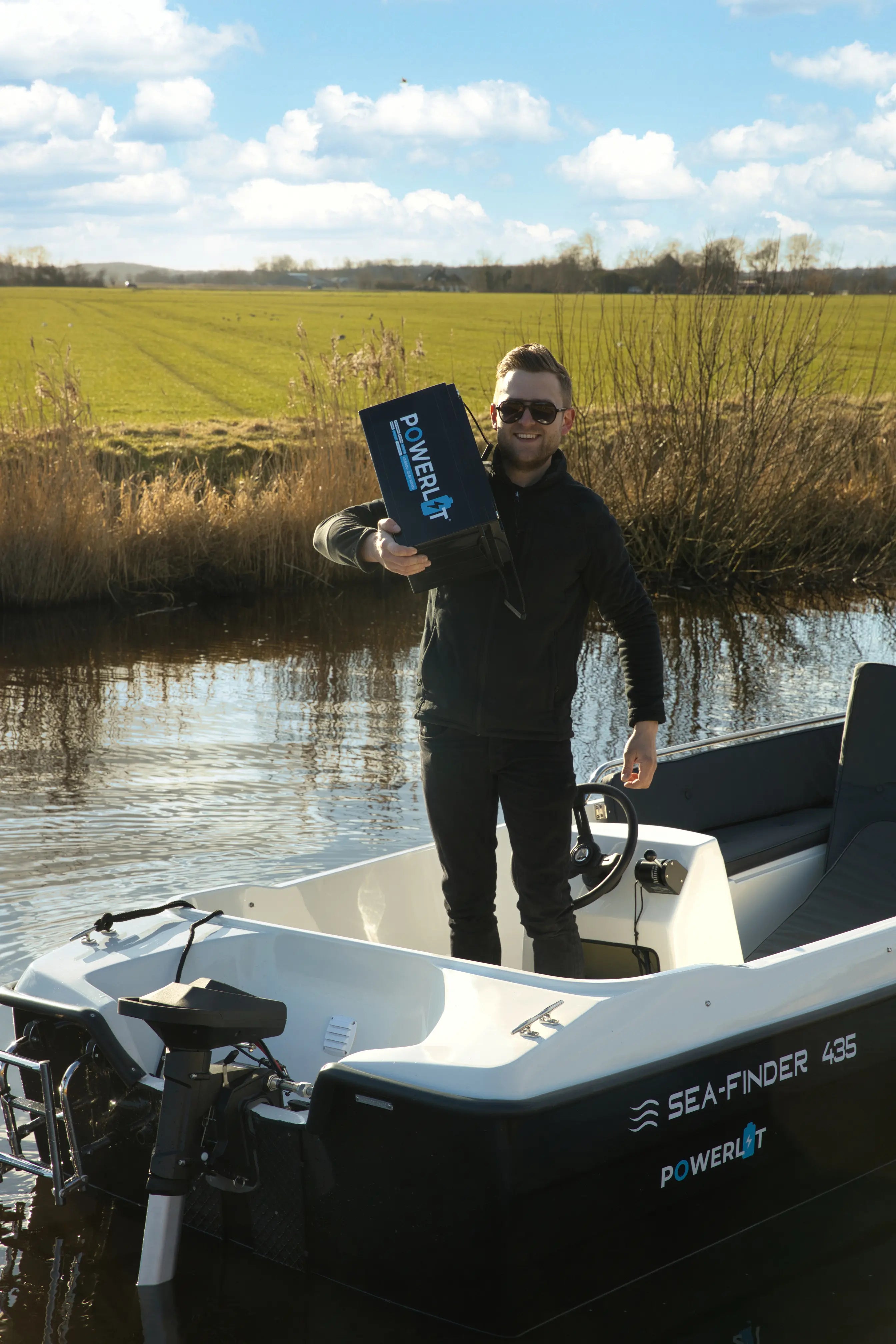
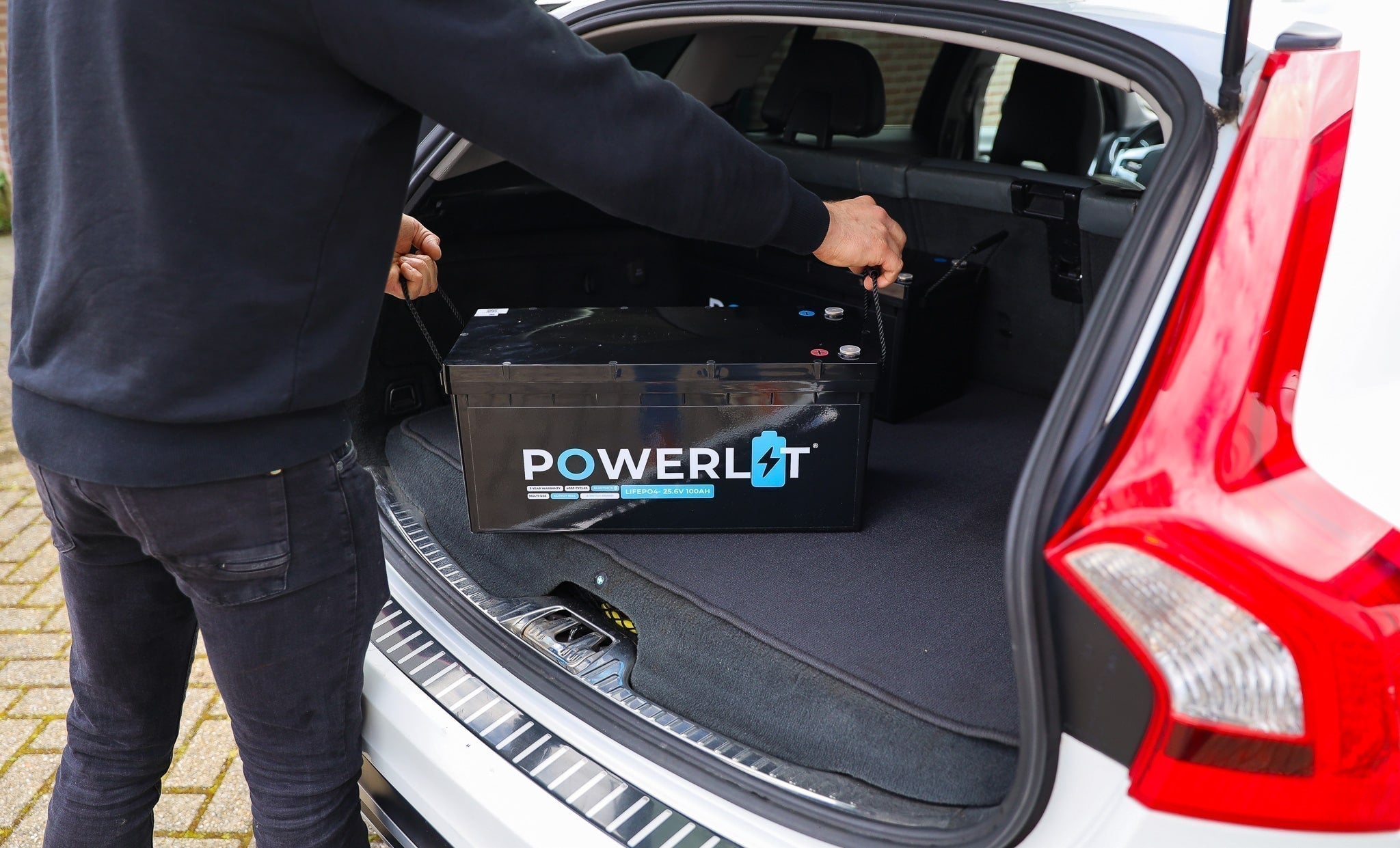

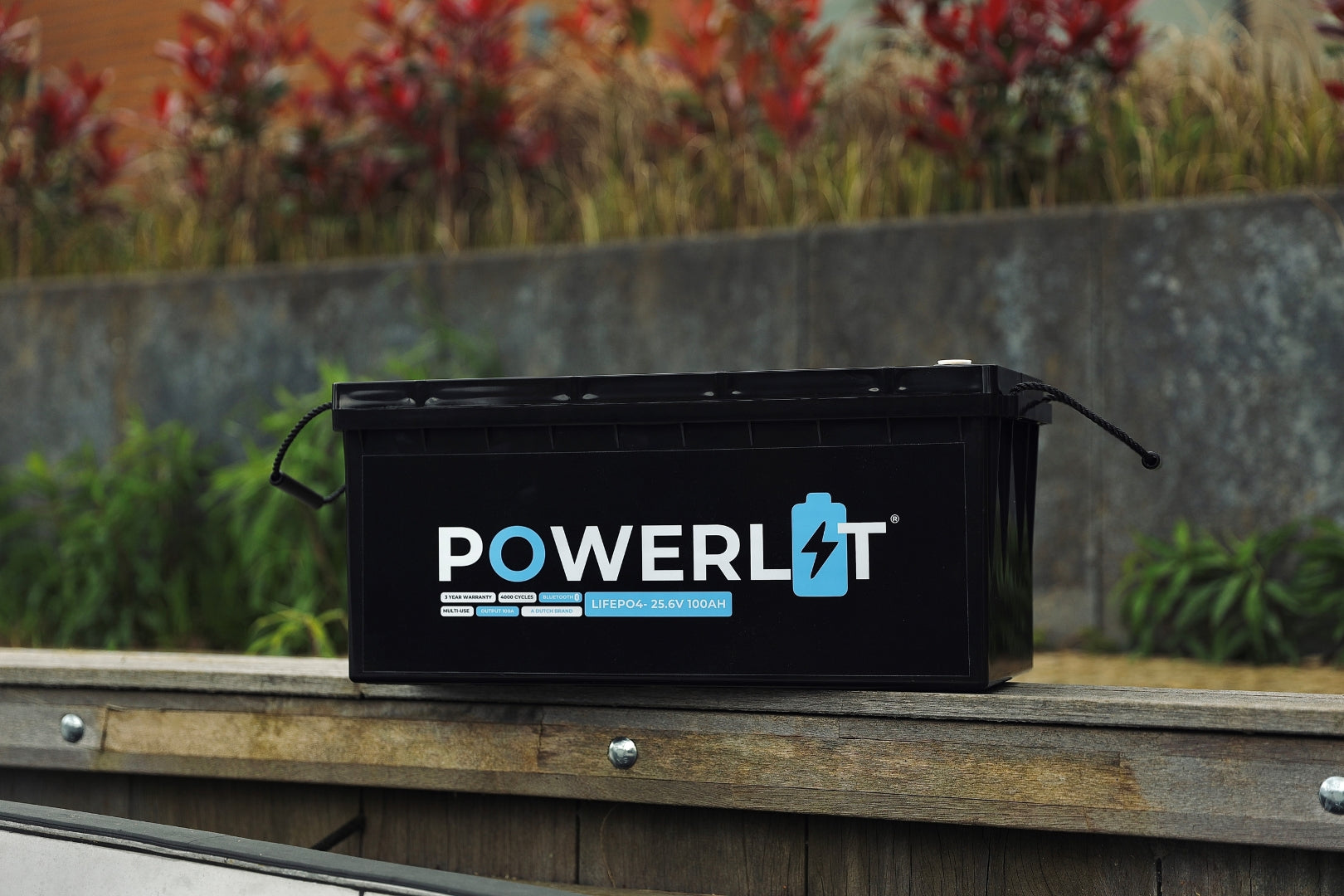
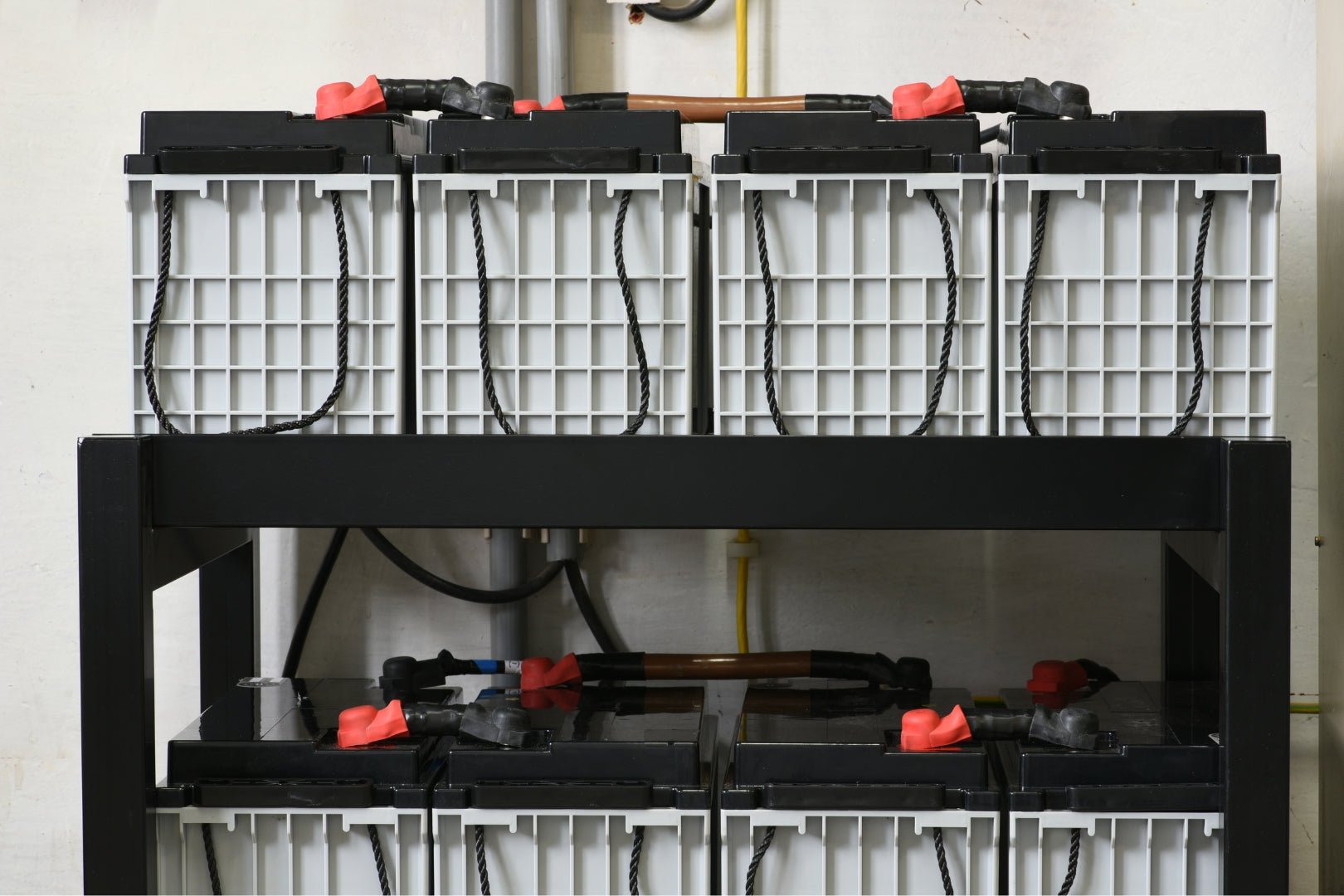
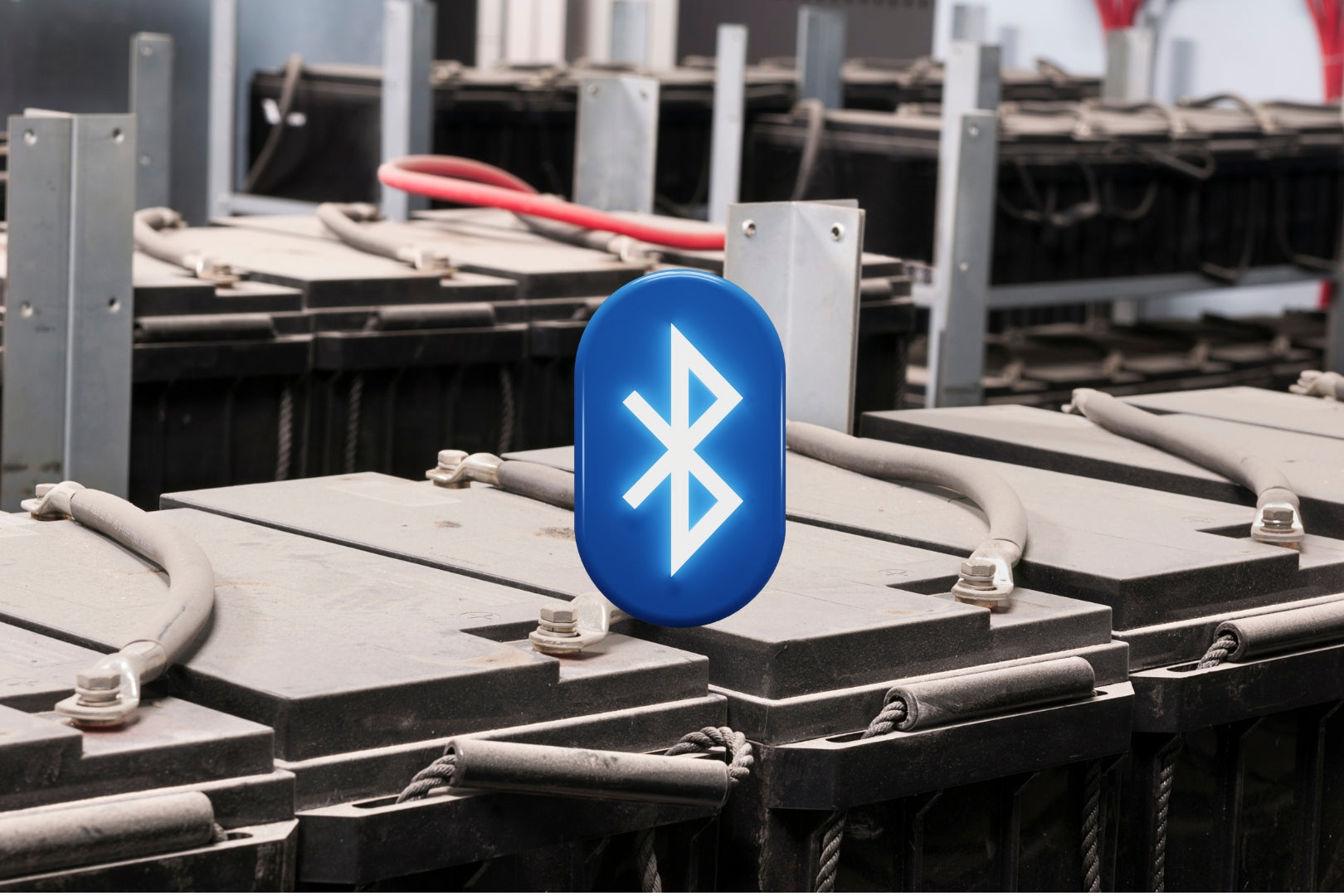
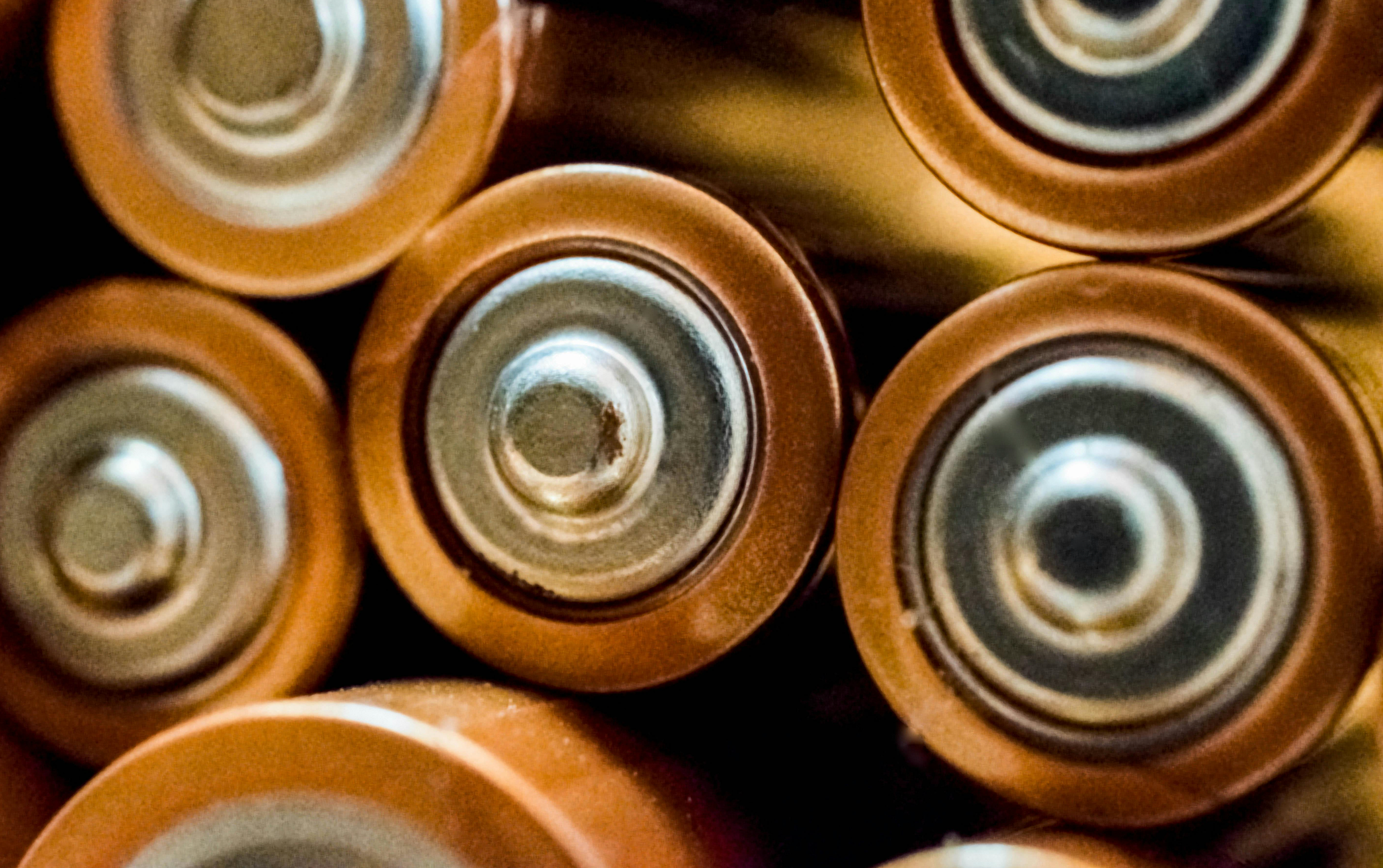
Share this post: